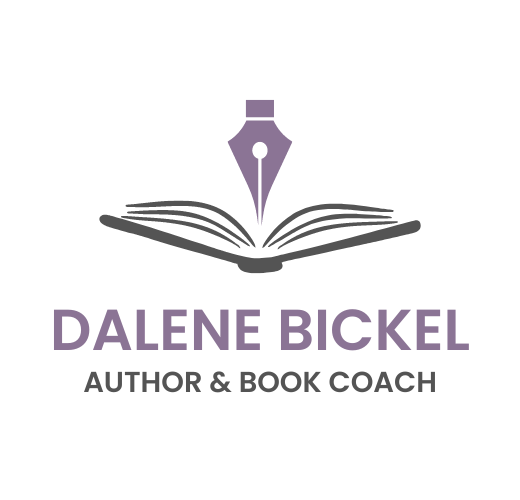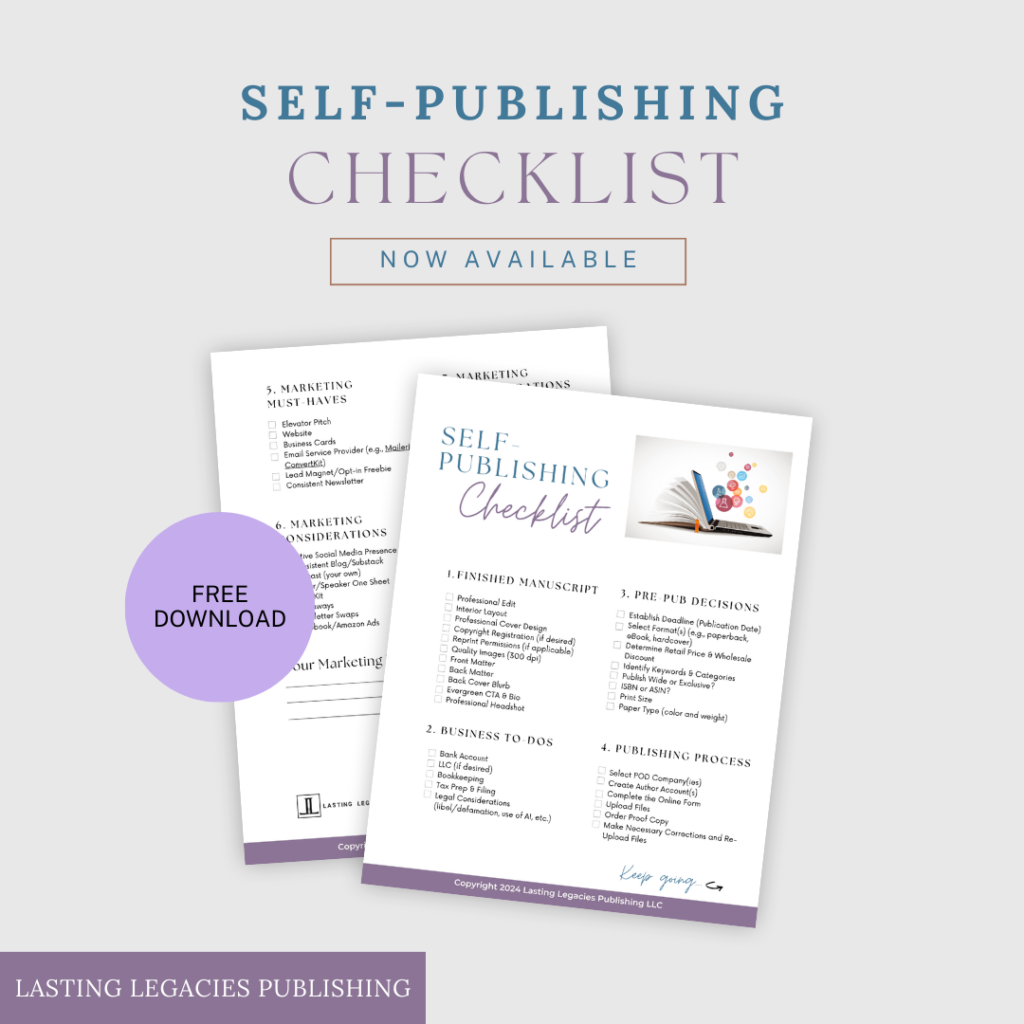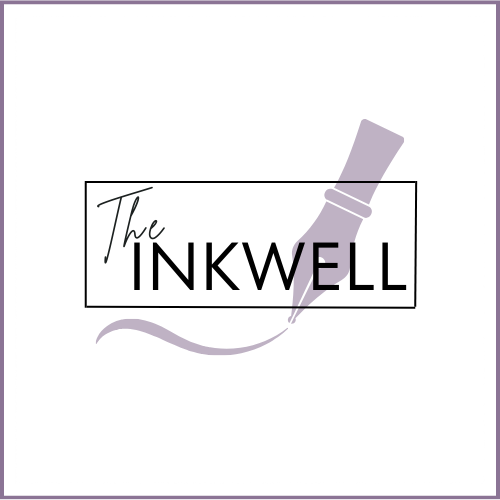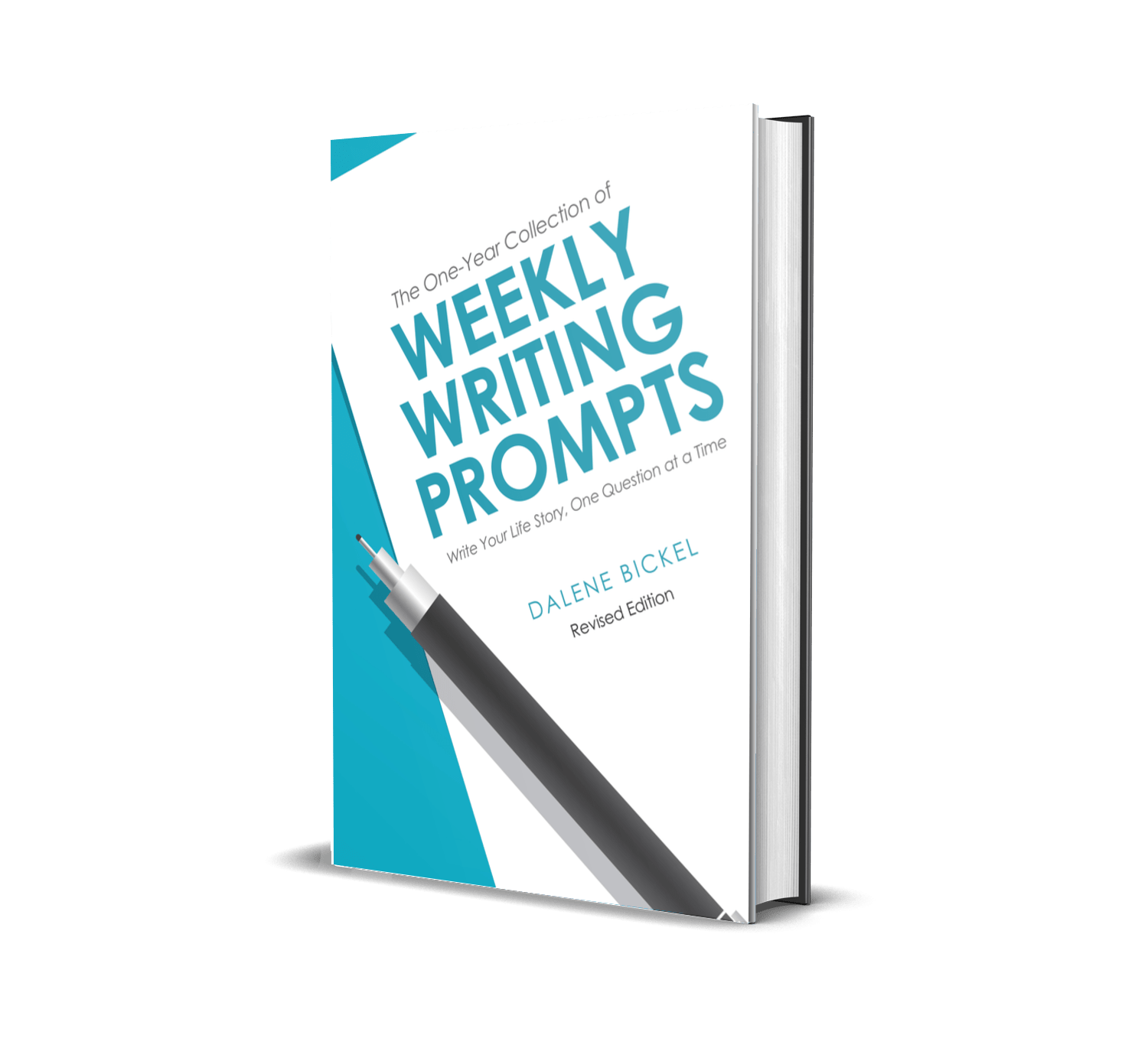Today’s episode is all about reader magnets. You know, those freebies or opt-ins that we as writers know that we are supposed to create.
Sometimes we either think, Oh, that’s super easy, and we dash off and create something really fast, only to discover there are a few other steps involved than we realized … or we just get overwhelmed with the process and never get around to creating a reader magnet.
So today is an encouragement for you. That’s my goal with this episode – to share the actual nuts and bolts of how to create a reader magnet.
As writers, we’ve heard over and over and over again that we need to build a platform. You know, we have this message to share, we have this book that we’ve written or are writing, we have this blog that we are regularly contributing to or hosting. But we need people to be reading those things; we need to share our message with an audience. And in order to gain that audience, to attract that audience, we have to build a platform.
It’s just like this little hamster wheel that is constantly going around and around. And we feel like we are never going to get off of it. Or we’re afraid to enter it.
I hope that today will ease some of those fears if you’re really anxious about it. And also, I hope that it will give you a step-by-step plan of how you can actually do this and do it well.
Before we dive into the how-tos, I want to just to reflect on exactly how we can do it well. The best example that I can share is that of Jesus.
Jesus didn’t attract followers, because he was out there saying, “Hey, come listen to me! I can solve all your problems.” That would have been true, by the way. But he wasn’t about making a name for himself. He was about doing the work that his Father sent him to do, and to glorify God and all that he did. He came to serve.
That’s what we want to do as writers. We want to serve our readers, and we want to attract them that way.
How we can follow Jesus’ example when we offer a reader magnet:
- Seek God’s direction. What does He want you to offer? And for whom? (Hint: It’s not going to be for everyone.) Your book, your blog is not for everyone. Your reader magnet is not going to be for everyone. Jesus wasn’t for everyone.
- Go to where the people are. Jesus went to people as they were, he didn’t expect them to clean themselves up. He went to the woman at the well as she was drawing water, right. And she was still in that relationship, that fifth unwed relationship. And he also saw people where they were. He saw Zacchaeus sitting way up there in the tree, right? He saw the disciples in their boats, fixing their nets, he saw them and he went to them. So let’s go to where your people are.
- Serve them freely. Jesus didn’t charge money for the miracles he performed. So our freebie – our reader magnet – is something of value that we offer for free. Now, I’m not saying that we should give our books away for free. I’m saying that with the reader magnet, we are to serve people well and we’re to serve them freely.
- Give them the best of what you have. Jesus turned water into wine at the wedding that was better than any that had come before it. He could have just given them subpar wine; they might not have even noticed the difference from what they had been drinking. But no, he gave the best wine.We want to give the best of what we have, too. Why? Because what they see in our freebie, our opt-in, that reader magnet is what they’re going to expect in the future. And that’s as it should be. We want our books and blog posts to be quality.If we just rush to put together the first reader magnet that we can think of, without putting time and effort and giving real value, then they might be turned off and not bother to come back for that book or blog post that we actually did spend hours and hours of time and effort making sure that it was quality. So give them an example of what you really will offer in the future in your reader magnet, giving them the best of what we have to offer.
All of this takes sacrifice.
- In Jesus case, it was his life. In our case, as writers, it means sacrifice of time; we have to take the time to create something of value.
- It takes effort, too. It’s not just sitting down and jotting off the first idea that comes to mind. It’s doing that, but then taking it further and fleshing it out and revising it and editing it and having other people look at it to make sure that it makes sense.
- And also, sometimes it takes a little bit of money, which I’m going to get into in the how-tos.
All right. I’ve set you up with a great example – you can’t get any better example than Jesus. So now, let’s work on the how-tos.
Your reader magnet depends on what type of writer you are. Are you writing fiction or are you writing nonfiction? The examples that I’m going to share today primarily are for fiction writers, only because I just came out of this entire process myself with my freebie, my reader magnet, which is a short story.
So while a lot of the examples here are geared toward fiction writers, know that this applies to nonfiction writers as well that you need to do a reader magnet of some sort, whether it’s going to be a checklist, a quiz, a PDF file … whatever would benefit your audience. Only you will know what that is, but if you’re really having a hard time – you have no idea what kind of reader magnet you should do for your specific topic – look at what others are doing in your space. Don’t copy their reader magnet; obviously, you don’t want to do anything verbatim. But what types of things are they offering? Get ideas that way.
Note: Some links in this post are affiliate links, meaning that I will receive a small fee if you use their services, without any increased costs to you. I appreciate your use of these links as they help me to continue bringing quality podcast episodes to you.
Create that reader magnet.
In my case, it was a short story. And that sounds great. Write a short story. Yes! Okay. Well … HOW do I do that? We need to know what we’re going to be writing about. What’s the short story about?
In my case, I’m still writing a novel. I had heard that creating a short story based on one of the main characters is a good idea. So that’s exactly what I did. I took one of my main characters, and I got to thinking: Okay, where did she come from? What is her background? What has she experienced before this point in time in this novel? So that is what the short story is about that I came up with.
When you are creating your reader magnet, if it is a fictional short story or a novella, you want to make sure that it is written well. One of the best ways to find out if it’s resonating – for example, to learn if the areas that you want it to be humorous are actually humorous or not – is to get other eyes on it. That is great for critique groups. If you’re not in a critique group yet, I highly encourage you to do that or to form your own.
Last year, I decided to start my own critique group. It’s very limited; by nature, it needs to be a very small group of people. I wouldn’t think more than five people, because you want to take the time to read what they have to say … because it’s not just you getting feedback on your writing, you’re reciprocating. You have to have time to read everyone’s work and provide real value in the feedback, which is invaluable.
It is so, so helpful to have feedback. I’m actually in two. Like I said, I started my own critique group and then I was invited into a different critique group. So it’s been wonderful getting feedback from, in my case, four different people who have different life experiences, and hearing how my story resonates with each of them. They asked questions that I never thought to ask myself and I was like, Oh, that’s a great question! and Oh, that showed me a plot hole or Oh, I didn’t intend for that to come across that way.
So write your short story or if you’re writing nonfiction, write your whatever it is and have somebody else look at it. Does it meet the need? Is it hitting home and resonating with them the way that you intended it to?
Have it edited.
Again, this goes for both camps – fiction and nonfiction. You don’t want a lot of misspelled words and punctuation errors, that kind of thing. And especially if you’re writing fiction and sharing a short story or the first chapter of your novel, or whatever it might be, you want to make sure that that is clean copy. If you have a lot of errors, misspellings, anything of that sort – you spell a character name one way here, but you spelled it a different way later in the book – readers might be gracious once or twice when they come across those kinds of things, but if your story, your excerpt is just riddled with them, they are not going to want to read your final book whenever it’s finished. You want quality in your short stories so have it edited.
And of course, I always state that to have it edited means using an experienced editor. Yes, we all have people who are friends that might teach English high school classes, we have friends who might be English professors, we have people who have similar experiences that are in our family or in our friend groups. But if they don’t have experience specifically editing a book or a short story or whatever it is that you’re creating, then I encourage you to seek a professional editor and those do charge.
Obviously, they deserve to be paid for their time. The rates vary, but they usually charge per word. So if you’re getting a simple proofread, then it could be, depending on their experience level, it can be as low as one or two cents a word. If you get more into copy line editing, or copy editing, or developmental editing, then it’s a higher cost anywhere from four to five cents a word.
So in my case, with a short story (which, depending on who you listen to, some say a short story is a maximum of 10,000 words, whereas other people say a short story is a maximum of 20,000 words, which then overlaps with novella … I was confused, I just want the short story. Everyone knows what a short story is – it’s a small story. Whereas a novella, it’s kind of ubiquitous what it might mean to different people), it cost me about $120.
It’s a decent amount of money for something that I’m offering for free. But I wanted to make sure that people knew that they were getting value.
Get a professional cover.
And you might balk at this because it’s not a real book, right? Especially if you’re just writing a short story. In nonfiction, you don’t need a cover. Obviously, if you’re not offering a short story, if you’re just offering a checklist or whatever, you wouldn’t need a cover. So this part may not pertain to you. But if you are offering a short story, or an excerpt from a chapter from your novel, you need that cover.
People want to know what the book is about by visually seeing it. And yes, people do judge a book by its cover. So it needs to be a quality cover.
You can pay to have a custom cover done, which, generally speaking for just a front cover (not the spine and the back cover, too, just a front cover is all you need) is going to be, on average, $200-$250. I personally didn’t want to go that high, because, again, it is a freebie.
So there are some places that offer pre-made covers. I don’t mean stock covers like just picking an image off of Google; you want to make sure that you’re finding a credible source that uses and purchases images, has the rights to use those images. That a very important point. So you need to do some research. I found a pre-made cover company and purchased a cover that allowed me to change the name. You couldn’t add any extra lines, you couldn’t customize in any way – you had to go with their template setup. But you could change the author name, then you could change the title, you could add a subtitle, and then you could add a small blurb at the bottom. So that was what I went with because I was able to find a cover image that they offered pre-made that met with my genre.
I’m writing a World War II-era story. So I wanted a book that reflects those types …I wanted a cover that reflects those kinds of books that are on the market now. And in my case, many of the World War II historical fiction novels that I’m reading and enjoy, and what my audience reads and enjoys, has a picture of a young woman facing away. And it would need to be a woman wearing period clothing. So those were important concepts and I had to look through a lot of places to find one. But I did, so perseverance can pay off.
So those are the types of things that you want to consider for your cover. And I paid considerably less than the $250. It was under $100 for the cover.
Create it into an ebook format.
Yes, I know there are some people that just offer it as a PDF. But when you’re reading a story, you want to feel like you’re reading a book. And the best way to do that is to get it formatted into an ebook format, like .epub or .mobi formats. There’s a great service that offers this formatting; I highly recommend them: Draft2Digital.
They enable you to upload your Word file, and then they format it into whatever format you need, the .epub, the .mobi. The reason they’re different, those different file names, is because Kindle uses one type, whereas Nook and several other readers use a different type of format. So you want to have both formats available depending on your audience, because you never know what kind of reader they’re using.
The great thing too, and I’ll get to this in a minute, is that there are services that offer readers built in. So even if somebody subscribes to your freebie, downloads it, and they don’t have a reader to access it, they can read it through the service, which is the distributor. So let’s move on to that next part…
Select a way to distribute your reader magnet.
A lot of people say, “Just put it on your website.” Well, yes, you do want to have the signup form on your website, but your website isn’t going to host that ebook format. You need a service to host that and distribute it for you.
There are a couple of popular ones, BookFunnel and Story Origin are two that are very popular right now. I myself picked BookFunnel, and it’s the first time using them; so far, no issues. I’m curious about Story Origin. Maybe next time, I will give them a try to compare. I’ve heard great things about both, and I know there are some other ones out there too, you might be able to find.
Whichever service you choose, there are two things you need to be cognizant of and make sure that they offer:
- Make sure you select the option to integrate signups with your email service provider. Your email service provider, if you don’t already have one, you need to get one. If you’re a new writer, and you don’t have a newsletter, if you don’t have a way to capture people’s emails, you need to get an email service provider. There are lots of them out there: MailerLite, MailChimp, ConvertKit, all kinds of different ones. I personally highly recommend MailerLite.But you want your BookFunnel or Story Origin or whatever service you choose, you need to enable them to take the email subscribers and add them to your email list for you so that you’re not manually putting in email addresses all the time. That would be a nightmare and very time consuming. So make sure that you integrate signups with your email service provider.
- Make sure that they offer a landing page for your reader magnet if you don’t already have an author website yet. This is really important because people are very internet savvy these days, right? No matter what age they are, they want to look at a book and they want to see a cover and they want to be able to enter their name and click Submit and immediately get the download or whatever. That’s what a landing page offers.If you don’t have a place on your website for that to be hosted, then you need someone else to offer that for you, which is what these distributors like BookFunnel and Story Origin can do. They can provide you with that landing page for your cover and for people to enter their email addresses.
Set up a signup form through your email provider and add it to your website.
This is In addition to having BookFunnel. You need to create either a pop-up form to put on your website or what they call an inline, where it stays constant on a page of your website, because you want as many eyes to see your opt-in form as possible. So you want it on your website and you want it on a landing page; it doesn’t hurt to have both. Even if you do have a website, go ahead and create that landing page. Enable the analytics and Google and all those other places to find you as in as many places as possible to point people to your reader magnet.
Create a welcome email.
You might also want to create what they call a nurture series, depending on if you have more to share about other books or things coming down the pike, or you want them to know a little more about you.
You set these up so that whenever they enter their email and they hit download, they get your freebie and then automatically receive that welcome email, which thanks them again for getting the freebie. In a couple of days, send another email saying something like, “I hope you’re enjoying reading the short story or the novella or whatever it might be. Here’s a little bit more about me, I look forward to getting to know you.” Make it clear that you welcome their comments, their feedback, their questions, all of that, and give them a way to respond to you.
Mention your reader magnet in the signature of your emails.
These are the emails that go out to friends and family – everyone, not just that newsletter signup group. Put it in everything that goes out.
Share about your reader magnet on social media.
You may love or hate social media – I have a love/hate relationship going on with it. But go ahead and post that your reader magnet. Don’t expect a lot of people to sign up based on seeing just that one post about the reader magnet, though. The more consistent you are about posting it, the more that people will see it and the more they’ll be reminded, Oh, I wanted to go download that and I got distracted or Oh, I wanted to download that, but I was at the stop sign and I had to keep going driving.
Whatever the case may be, people get distracted easily. There was a statistic that came out about how many times people have to see something before they act on it; it was something like seven times that people see something before they act on it. Don’t quote me on that, but it was a significant time.
So don’t just post once and then say, “Oh, nobody saw it. Nobody’s gonna care.” Just keep posting regularly. Now, you know, you don’t want to post it ten times a day, every day. That’s overkill, right? Use your judgment, but do let people know about it on a regular basis. Just keep mentioning it to people.
All of this sounds like a lot of work, right?
It is, but it’s necessary and important work. It lets our readers know that the book we’re going to launch in the coming months or maybe next year is worth their wait and that we take our jobs as authors seriously. That’s important.
If you’d like to see a sample reader magnet, you can check out my new short story, Made to Fly, which is available on my newly updated website DaleneBickel.com.
If you have lingering questions about reader magnets, please email me at info@inkandimpact.com or DM me @DaleneBickel on Instagram. I’ll be happy to answer any questions that you have about the reader magnets.
Question of the Month
Before we end, I also want to extend an invitation. If you would like to be featured on an upcoming episode of Ink and Impact, let me know what your top writing or self-publishing related question is right now. What are you struggling with? What is the biggest challenge for you? Send me an email: info@inkandimpact.com or DM me over on Instagram.
Be sure to include your website URL (your website address) and the title of your book or work in progress. And if your question is selected, I’ll answer it on an upcoming episode. I’ll be sure to include all the deets including your name, your book, and your website address.
So please reach out to me; I would love to hear from you. I don’t want to be just a talking head. I want to offer value and I want to create community. I want to foster engagement. So please do reach out! I look forward to hearing from you.
That’s it for today fellow pen pusher. Remember, don’t just write a book. Make an impact.







